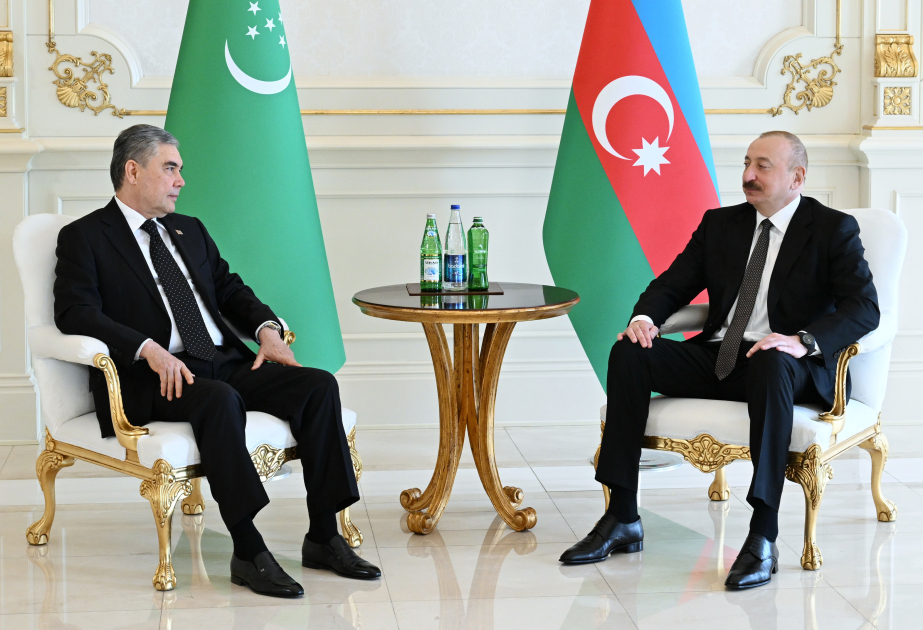|
|
TODAY.AZ / World news
2016 state budget leaves no hope for better in Armenia
11 December 2015 [17:25] - TODAY.AZ

By Laman Sadigova
The newly adopted 2016 public budget of Armenia has left no hope for social welfare next year because of its high deficit rate.
The Armenian parliament approved the draft state budget of the country for 2016 with a deficit of about 3.5 percent. While the country’s economy is collapsing, the authorities only “cling to hopes” and do not undertake any measures to cope with crisis.
Presenting the draft budget, the Finance Minister Gagik Khachatryan noted that the GDP growth for 2016 is provided to be at a rate of 2.2 percent. That will increase budget expenditure by nearly 68 billion drams compared to 2015.
"There is very little hope left," said Pavel Safarian, Armenian Finance Deputy Minister, commenting the economic situation for the upcoming year.
The deficit close to 3 percent indicates the national economy’s unhealthy state. The present circumstances in Armenia do not surprise anyone as the aggressive and destructive policy of the Armenian government drove the country to the abyss, while the national economy is chronically ill.
The people of the post-Soviet country lost their last hope for a better life in 2016, not to mention even their lack of having the slightest trust in the authorities.
The draft budget of 2016 envisions a profitable part to be 8-9 billion drams ($16.000-17.000), which is less than recorded sum of 1.191 trillion dram ($2.5 billion) in the 2015.
This is not the first time when this weak post-Soviet country is ready to become a puppet in the hands of foreign investors to get a loan. The country is sinking in credits and this is the only reason why its economy is still partly “alive.” The worst is that the officials use this money not on purpose of the country’s needs but only to enrich themselves.
Credits are spent to support and strengthen the regime, in particular, to avoid a massive collapse of the national currency. Armenia’s foreign debt has increased by roughly 300 percent over the past seven years, to 46.6 percent of its 2015 gross domestic product of over 4.5 trillion drams ($9.63 billion).
With $1.6 billion, the World Bank is a huge lender for Armenia, accounting for roughly 40 percent of the country's overall foreign debt. The IMF ranks as a distant second, with over $442 million, or about 12 percent of the official total. The Asian Development Bank has provided $300.6 million, or nearly 8 percent of loans.
Meanwhile, a rapid depreciation of dram began since October in the last year while dollar exchange rate in Armenia was a record high for the past 8 years and continues to grow.
Sooner or later, Armenia will have to officially recognize the economic failure and declare bankruptcy because the country is suffocating under the burden of taxes put on ordinary citizens.
URL: http://www.today.az/news/regions/145951.html
 Print version
Print version
Connect with us. Get latest news and updates.
See Also
- 18 July 2025 [23:30]
Brazil use cruise ships as hotels during COP30 - 18 July 2025 [21:50]
India conducts test launch of two ballistic missiles - 18 July 2025 [21:22]
Russia proposes ban on WhatsApp usage - 18 July 2025 [19:20]
Temu under investigation by CCP over anti-competitive allegations - 18 July 2025 [14:36]
Pashinyan signals Armenia’s likely withdrawal from CSTO by early 2026 - 18 July 2025 [12:49]
EU approves one of 'strongest' Russia sanctions - 18 July 2025 [09:00]
UK and Germany partner on next-generation long-range missile program - 18 July 2025 [08:00]
Dubai launches system to differentiate humans from AI - 17 July 2025 [23:50]
Minister Kurum showcases earthquake recovery as blueprint for Ukraine rebuild - 17 July 2025 [22:20]
FM Fidan calls for stronger ASEAN cooperation at Kuala Lumpur summit
Most Popular
 Azerbaijan and Iraq expand legal cooperation through high-level judicial talks
Azerbaijan and Iraq expand legal cooperation through high-level judicial talks
 Vice-President of Heydar Aliyev Foundation Leyla Aliyeva meets with daughter of Chairman of Halk Maslahaty of Turkmenistan Oguljahan Atabayeva
Vice-President of Heydar Aliyev Foundation Leyla Aliyeva meets with daughter of Chairman of Halk Maslahaty of Turkmenistan Oguljahan Atabayeva
 EU’s recommendations on Georgia spark mixed reactions
EU’s recommendations on Georgia spark mixed reactions
 President Ilham Aliyev, Chairman of People's Council of Turkmenistan hold one-on-one meeting
President Ilham Aliyev, Chairman of People's Council of Turkmenistan hold one-on-one meeting
 Yekaterinburg court extends detention of Azerbaijani suspects in murder case
Yekaterinburg court extends detention of Azerbaijani suspects in murder case
 Pashinyan vows to 'liberate' Armenian church like former regime
Pashinyan vows to 'liberate' Armenian church like former regime
 bp deepens partnership with SOCAR-KBR through landmark project agreements
bp deepens partnership with SOCAR-KBR through landmark project agreements
